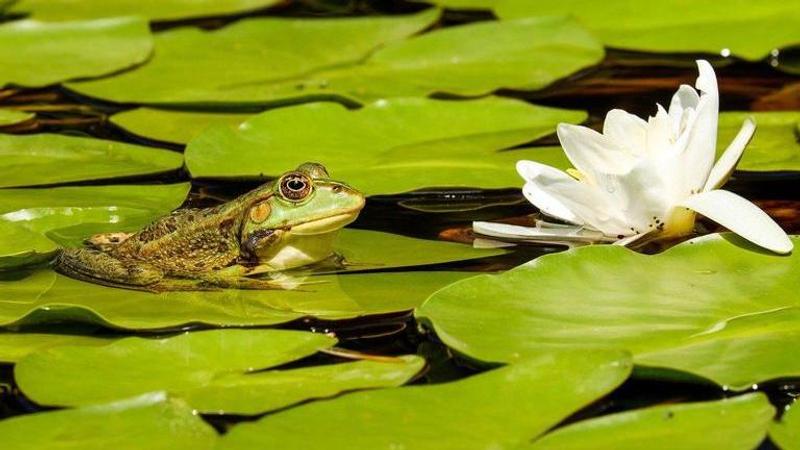Published 15:58 IST, April 24th 2020
Fossil found in Antarctica shows frogs lived there in pre-historic times: Study
Researchers have found in a study that the fossil of a frog species found in Antarctica belonged to pre-historic times i.e. up to 40 million years ago.

Researchers have found that the fossil of a frog species found in Antarctica belonged to pre-historic times i.e. up to 40 million years ago. In a study published in Scientific Reports, palaeontologists found that the amphibians found on Seymour Island in Antarctica were about 4 to 5 cm in length, smaller in size as compared to the contemporary-era frogs.
In contrast to all other continents, amphibians and reptiles have not been documented previously from Antarctica. The team of researches comprising Thomas Mörs, Marcelo Reguero and Davit Vasilyan analysed the fossil ilium (the uppermost and largest part of the hip bone) and an ornamented skull bone that can be attributed to helmeted frogs, representing the first modern amphibian found in Antarctica.
According to the report, the two bone fragments were recovered in Eocene, approximately 40 million years old, from sediments on Seymour Island, Antarctic Peninsula. The fossil remains were collected during three joint Argentinian-Swedish expeditions to Seymour Island in the austral summers of 2011-13. It is currently housed in the palaeozoological collections of the Swedish Museum of Natural History, Stockholm.
Proper habitat for ectothermic vertebrates
The findings interestingly suggest that the continent, which provided a habitable environment to such amphibians, was not so icy back then. According to the report, the Antarctic Peninsula provided freshwater ecosystems which turned out as a proper habitat for ectothermic vertebrates at a time when there were at least ephemeral ice sheets existing on the highlands within the interior of the continent.
The findings reestablished that the fleeting ice sheets had started forming on the interior of the continent before supercontinent Gondwana split. Soon after Antarctica split from Australia and South America, the atmospheric conditions changed rapidly freezing the entire continent. Due to decreasing humidity, the frogs became extinct in the Antarctic and their present-day relatives remain in the humid conditions in the central Chilean Andes.
(Image credit: Pixabay)
Updated 15:58 IST, April 24th 2020




